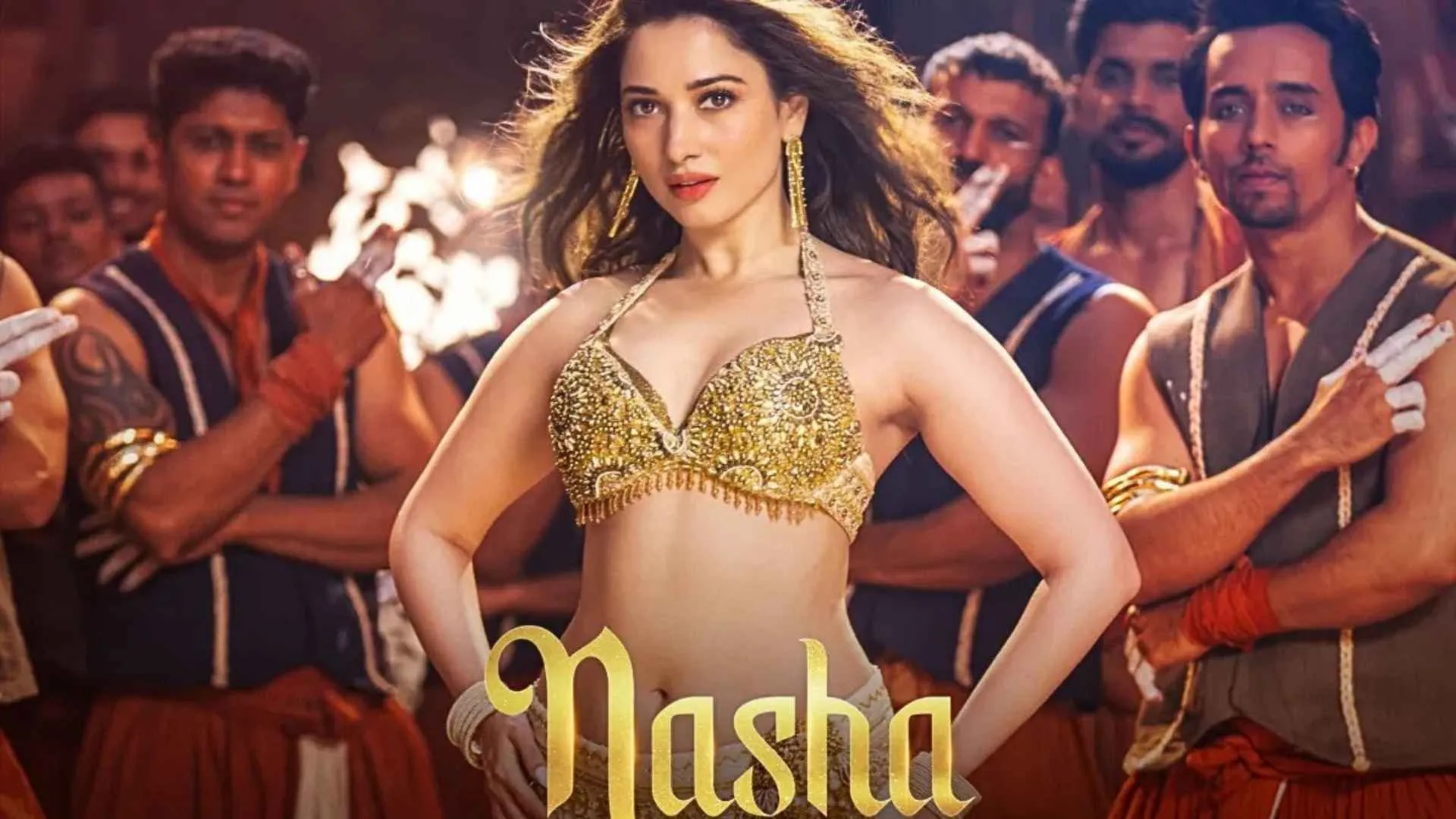Bollywood item songs often spark varied reactions from audiences. While some artists proudly embrace their involvement, singer Shreya Ghoshal offers a different perspective.
In a recent interview, Shreya revealed that she feels uncomfortable about her participation in the popular dance number Chikni Chameli from Agneepath (2012), featuring Katrina Kaif. She admitted that she doesn’t want to be associated with that aspect of the music industry’s legacy.
Shreya Ghoshal on Singing Raunchy Songs
When questioned about her experience with item songs, Shreya shared, “I have a few tracks that could be considered borderline raunchy, like Chikni Chameli. There is a fine line between being sensual and being objectified. I have become more cautious about this over time because I see young girls singing these songs.”
Shreya expressed discomfort seeing young children singing lyrics they don’t fully understand.
She said, “It’s just a fun song to them, and they enjoy dancing to it. Sometimes little girls, just 5-6 years old, sing this in front of me, and it feels inappropriate. I don’t want that, so I’ve become more conscious about the kind of songs I associate with.”
Objectification and the Role of Lyrics
Shreya emphasized that feeling sexy isn’t wrong, but the way lyrics are crafted matters. She stated, “It’s not wrong to confidently express how attractive you feel. However, the issue lies in how it’s portrayed.”
She added, “If a woman were writing the lyrics, she might do so with more grace. It’s about perspective. In Indian society, setting certain standards is crucial due to the cultural context we live in.”
Shreya concluded by highlighting the powerful influence of films and music on audiences. “Movies and songs significantly impact our lives. A blockbuster song or film becomes part of history, and I don’t want to be remembered as part of that kind of history,” she said.
Shreya Ghoshal’s honest reflections bring to light the complexities surrounding item songs in Bollywood.
Her viewpoint encourages a broader conversation about lyrical content, cultural impact, and the responsibility artists hold in shaping societal narratives.





















